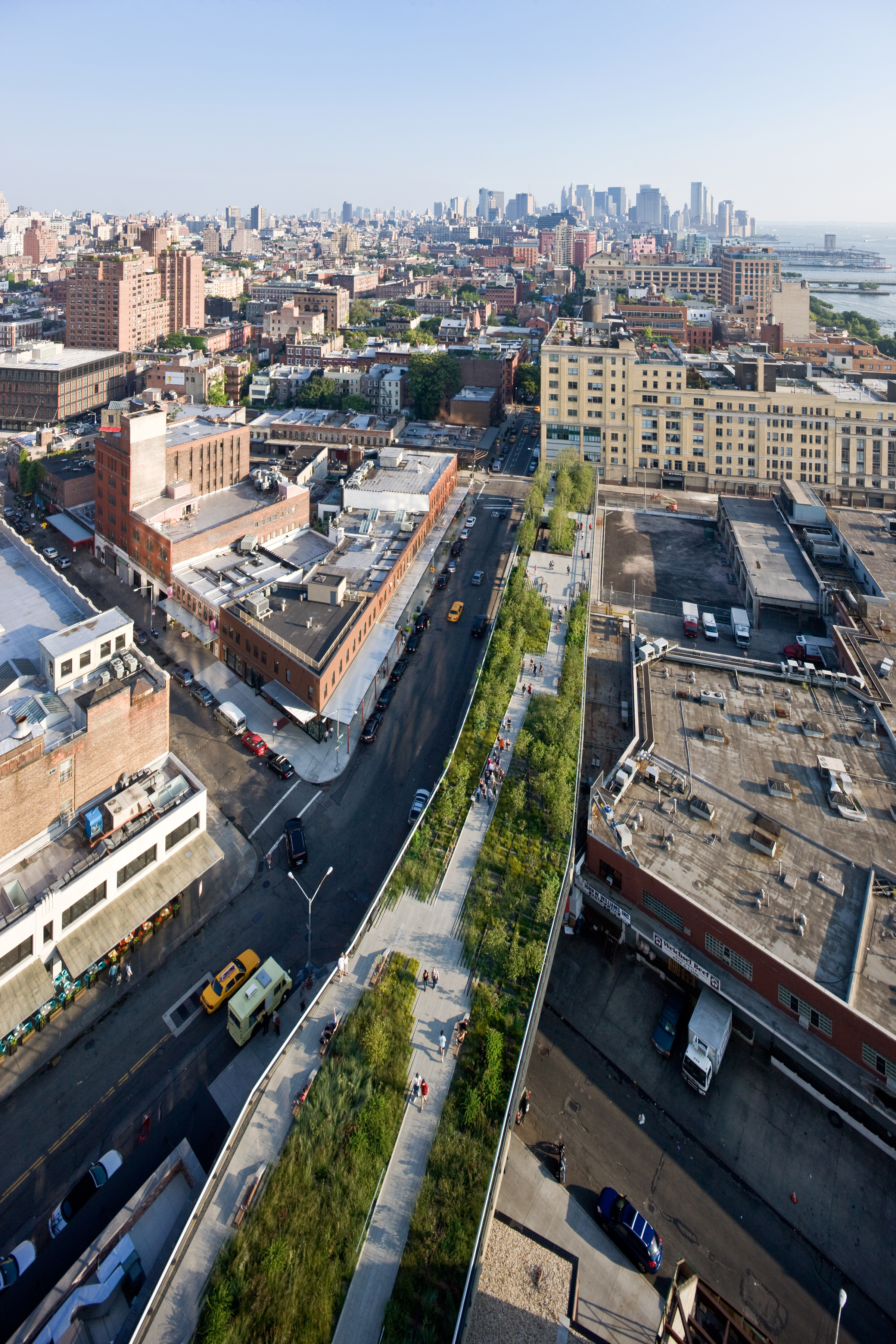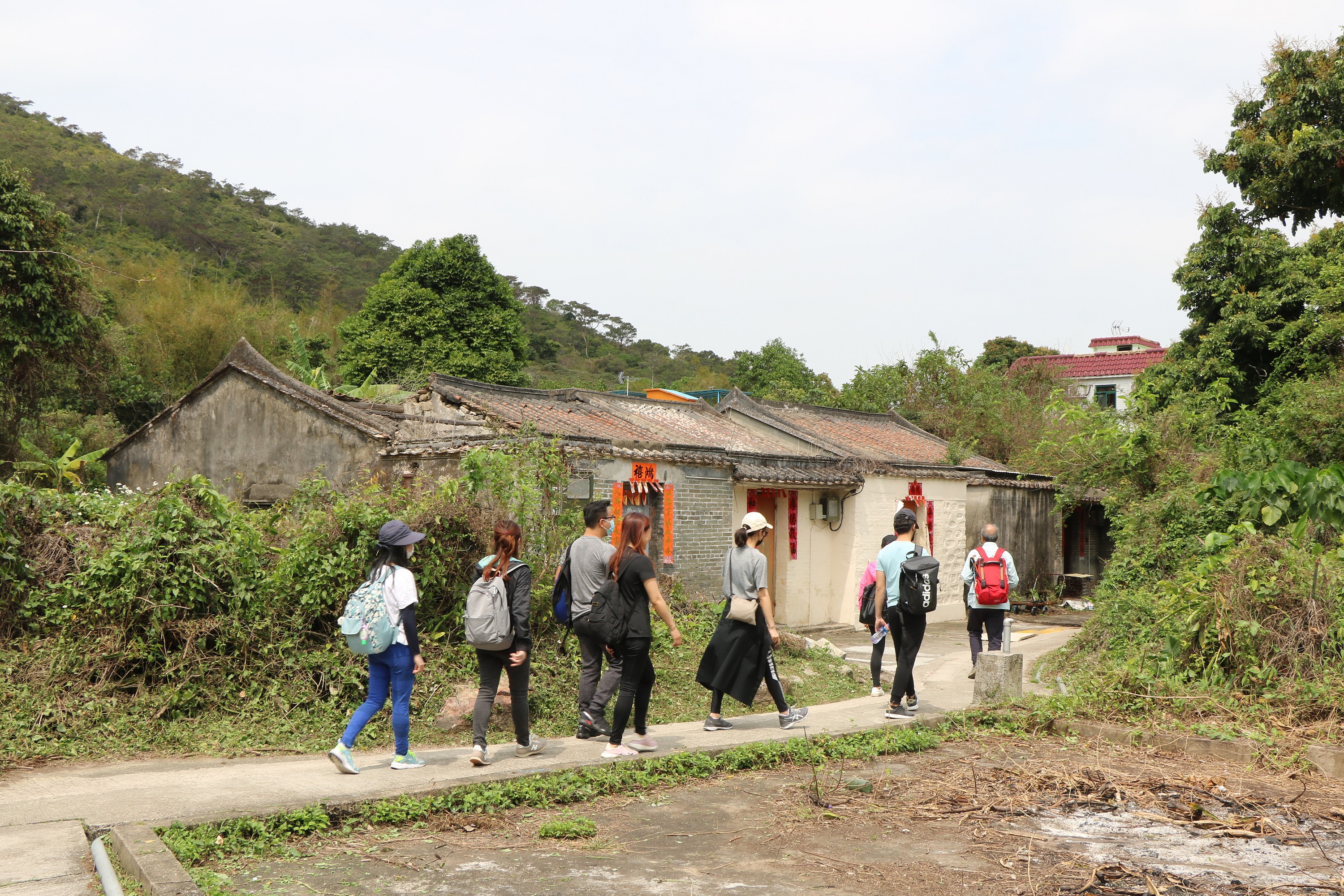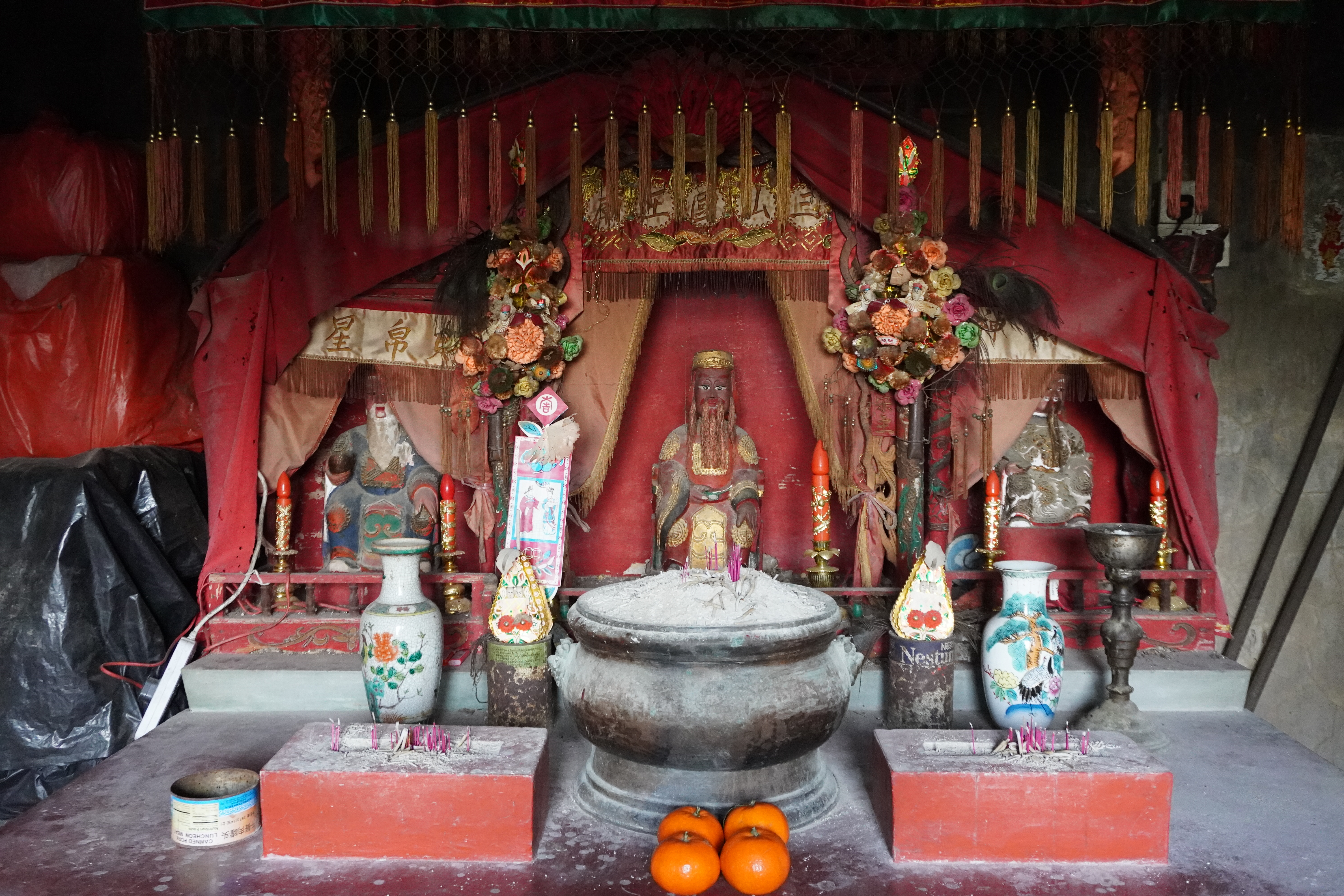Envisioning Rural Revitalisation with Design Thinking

A vibrant and liveable city offers wide-ranging lifestyle options for its people and balances the needs of different groups. It holds a great urbanisation vision while treasuring its verdant countryside. Global and local communities have been capturing opportunities to reinvigorate the rural lifestyle from a range of perspectives — conservation, economic rejuvenation, cultural tourism and sustainability, among others. Hong Kong is no exception. We deeply value our rural areas and their rich cultural and natural heritage and hope to see them revitalised sustainably. Just like successful urban projects, rural revitalisation requires a thorough understanding of the context and stakeholders’ needs. Design thinking, with its exceptional capacity to make insightful observations and analyse stakeholders’ views, provides the perfect tool to master this challenge.
Design thinking, with its exceptional capacity to make insightful observations and analyse stakeholders’ views, provides the perfect tool to master this challenge.
In recent decades, creative placemaking has also proved its value in revitalisation projects. New York’s High Line transformed a historic but long-abandoned elevated rail line in Manhattan into one of the hippest urban parks in the world. On top of world-class design, it was quickly integrated into New Yorkers’ lifestyle for its approach as an open-to-all platform. Its public programmes actively engage stakeholders and citizens and foster productive dialogues among them. Japan’s Echigo-Tsumari Art Triennale, an international art festival in the countryside of Niigata Prefecture, uses art as a catalyst to strengthen local identity and draw cultural tourism to the depopulated region. In the process, communities are empowered as much as their abandoned historical sites and economy are revived.

New York’s High Line © Iwan Baan
In Hong Kong, the need to reinvigorate our rural areas sustainably has been widely recognised. Take the 4-year Sustainable Lai Chi Wo Programme. Using a cross-sector collaborative model involving university, government, business and community, it rejuvenated more than 5 hectares of farmlands and enhanced the biodiversity and wetland functions of the Lai Chi Wo village in north-eastern New Territories. It sets a successful example of co-creating sustainable revitalisation through effective negotiation across sectors.

Lantau’s Tung O Ancient Trail is another site coming under the spotlight. Linking up Tung Chung and Tai O, it is a popular hiking destination with several indigenous villages and numerous sites of high cultural and ecological value. Design research consultancy project Touch Tung O!, presented by Sustainable Lantau Office (SLO) of the Civil Engineering and Development Department (CEDD) and organised by Hong Kong Design Centre, has recently been kick-started to explore the possibilities of revitalising the trail with sustainability in mind. With natural resources, cultural heritage, ecology and community at play, this revitalisation project requires holistic and innovative planning.

With Land+Civilization Compositions (L+CC) and MakerBay as Strategic Partners, Touch Tung O! aims to develop design principles and possible revitalisation directions for the trail. It sets out to put people and users at the centre of the research process. Design thinking experts will engage stakeholders — villagers, trail users, designers and cross-disciplinary experts — in a co-creation process to better understand their needs, opinions and expectations for the future of the trail. This public engagement process will take the form of expeditions, co-design workshops and public installations in the latter half of the year. We are excited about this opportunity to apply design thinking in designing a liveable city. Follow Touch Tung O!’s Facebook page and Instagram and stay tuned with our latest activities, findings and insights!